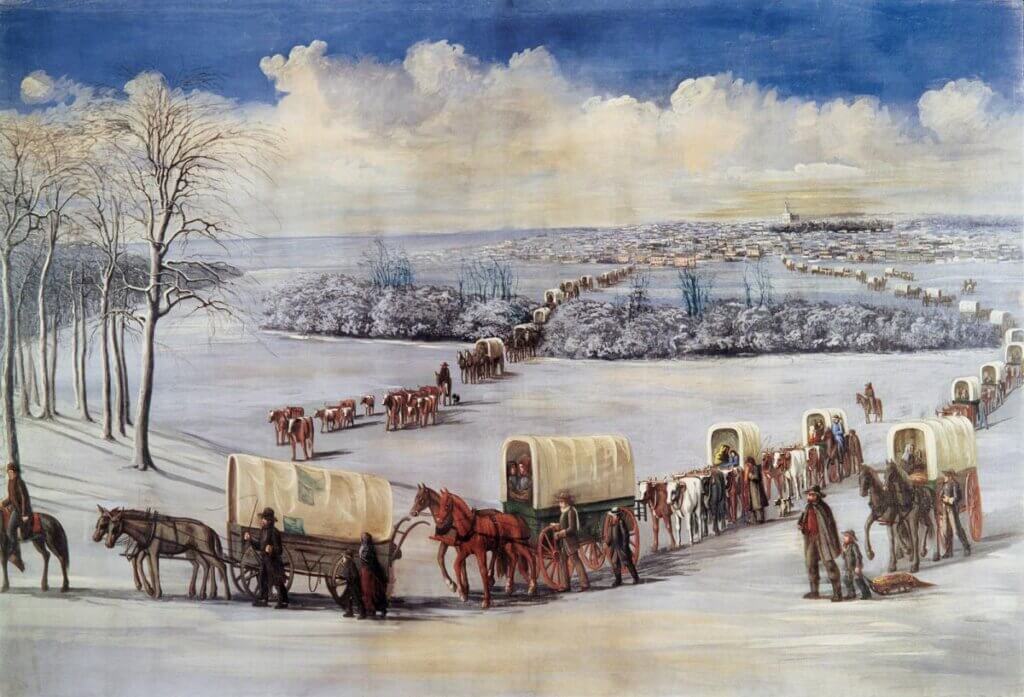Isaiah’s Imagery of Temple Ordinances
Isaiah’s mention of “ordinances” doesn’t leave us wondering very long about which ones he is speaking of. Imagery of temple ordinances appears throughout his book. Says he, “The path of the righteous is straight; you pave an undeviating course for the upright. In the very passage of your ordinances we anticipate you, O Jehovah; the […]
Isaiah’s Imagery of Temple Ordinances Read More »













